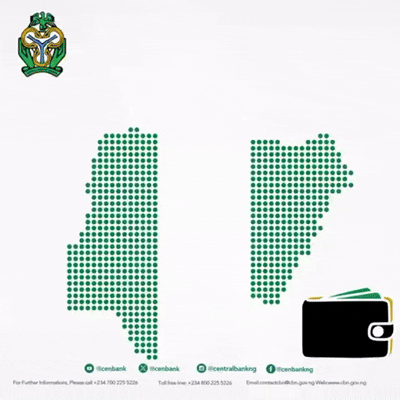Literacy rates should be taken seriously by portfolio investors particularly in Frontier markets, according to Charles Robertson of Renaissance Capital
You need 40% literacy to grow sustainably and 70-80% to industrialise, he added
Nigeria is a story in itself. With 60% literacy, the data imply it cannot industrialise (ie have manufacturing above 20% of value-added) for probably another decade. However, there are significant regional differences.
While literacy rates badly lag the national average in the north-east (where Boko Haram thrived) and the west, the south-east and Lagos have literacy rates above 80%. We think it is no coincidence that special industrial zones are being established in states with literacy of over 75%.
In trying to answer the question “where will the jobs come from in demographically booming Africa?”, last week we uncovered a 54-year-old theory to test, which has relevance for India, Egypt and many Frontier markets. This says that countries cannot grow sustainably unless there is 40% literacy and cannot industrialise unless there is 70-80% literacy. Remarkably, the data suggest this theory is spot on. Of the 40 countries with adult, female or male literacy rates below 70%, there is not a single one where manufacturing reaches 20% of value-added in the economy – a level which Korea attained in 1972 after boosting its literacy rate from 22% in 1945 to 87% in 1970. Meanwhile literacy rates below 40% suggest that many countries within the 10-20 degrees latitude range – engulfing nearly all countries and regions from Mali to Somalia – will struggle to grow sustainably.
Frontier darlings have high literacy rates, West Africa is weakest
In Frontier markets, the darlings of Argentina and Vietnam beat the 80% threshold, as does Sri Lanka in South Asia. All beat India at 72% but India is within the 70-80% range where industrialisation can occur. Bangladesh (61%) and Pakistan (56%) are at least a decade behind India, but both have obvious regional variations in literacy which will affect where modest industrialisation may occur (ie Barisal not Sylhet, and Punjab or Sindh not Balochistan).
All of North Africa has literacy rates above 70%. These data support our recent suggestion that North Africa will indirectly benefit from Central European demographic and wage trends. In East Africa, it is Tanzania (80%) and Kenya (78%) that lead, and are ripe for industrialisation, closely followed by Rwanda and Uganda with over 70% literacy. Ethiopia lags at 49%, far less than China even in 1990. This reinforces our 2016 piece showing the East Africa Community (EAC) also has the high investment rates needed to industrialise within 5-10 years. SA is not the only country in Southern Africa that can sustain an industrial base. Zambia and Zimbabwe (if politics allows) have very high (over 80%) literacy rates, as do the smaller population countries in the region. Mozambique is a significant negative exception in the south.
West Africa is the farthest from industrialisation, with literacy rates either below 40%, or in a 40-60% range (including Ivory Coast), with just two exceptions: Ghana (77%) and (tiny) Cape Verde (85%). The only good news for the worst performers is that school enrolment rates have soared to above 70% according to the latest data.
Industrialisation is far away for Ethiopia, Ivory Coast and Mozambique
For portfolio investors, it is good news that literacy rates are sufficient for industrialisation in Mauritius, SA, Tanzania, Tunisia, Zambia, Zimbabwe, as well as ex-Africa MSCI Frontier Argentina, Vietnam and Sri Lanka. In the probably positive range of 70-80% literacy are Angola, Cameroon, Egypt, Ghana, Kenya, Morocco, Rwanda and Uganda. Bangladesh, Nigeria and Pakistan are riskier and are at least a decade behind India. Ethiopia, Ivory Coast and particularly Mozambique carry most risks for investors, in our view.








